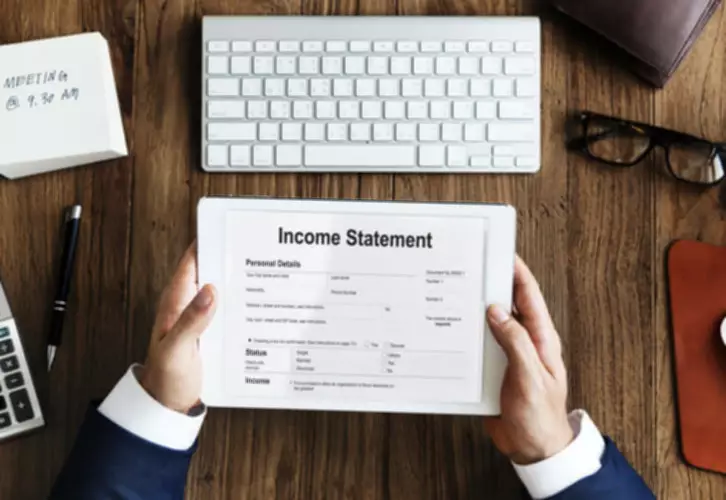Accumulated Depreciation on Your Business Balance Sheet
Content

Depreciation expense gets closed, or reduced to zero, at the end of the year with other income statement accounts. Since accumulated depreciation is a balance sheet account, it remains on your books until the asset is trashed or sold. There are many accounts that are listed on the financial statements such as depreciation expense and accumulated depreciation. Transactions are recorded in the accounting system through journal entries and summarized for external users on reports that accountants refer to as financial statements. Accumulated depreciation is initially recorded as a credit balance when depreciation expense is recorded.
Is accumulated depreciation a current asset on the balance sheet?
Accumulated depreciation is not a current asset account. Accumulated depreciation accounts are asset accounts with a credit balance (known as a contra asset account).
The accumulated depreciation of the van will increase by $2,000 for each year of its useful life. Emilie is a Certified Accountant and Banker with Master’s in Business and 15 years of experience in finance and accounting from corporates, financial services firms – and fast growing start-ups. Let’s say you have a car used in your business that has a value of $25,000. It depreciates over 10 years, so you can take $2,500 in depreciation expense each year. When discussing depreciation, two more accounting terms are important in determining the value of a long-term asset.
AccountingTools
These amounts change each year, so check with your tax preparer. This post is to be used for informational purposes only and does not constitute legal, business, or tax advice. Each person should consult his or her own attorney, business advisor, or tax advisor with respect to matters referenced in this post. Bench assumes no liability for actions taken in reliance upon the information contained herein.
Therefore, the balance sheet definition sheet is an important document for the financial and business management of a company. It gives a summary of the financial standing of a firm at a particular point in time and as a result is also known as a statement of financial condition. Accumulated depreciation accounts are asset accounts with a credit balance . It is considered a contra asset account because it contains a negative balance that intended to offset the asset account with which it is paired, resulting in a net book value.
Is Accumulated Depreciation a Current Asset?
After two years, the company realizes the remaining useful life is not three years but instead six years. Under GAAP, the company does not need to retroactively adjust financial statements for changes in estimates. Instead, the company will change the amount of accumulated depreciation recognized each year. Similar to what we learnt in the previous chapter, non-current assets talk about the company’s assets, the economic benefit of which is enjoyed over a long period . Remember, an asset owned by a company is expected to give the company an economic benefit over its useful life. When fixed assets are revalued , it is always helpful to know both the original cost and accumulated depreciation of each fixed asset.
- The line buildings and improvements reports the cost of the buildings and improvements but not the cost of the land on which they were constructed.
- Many companies depend on capital assets such as land, equipment, furniture, property, buildings, vehicles, fixtures, and machinery as part of their operations.
- Financial statements present a summary of all business transactions that have occurred for the current year.
- However, when your company sells or retires an asset, you’ll debit the accumulated depreciation account to remove the accumulated depreciation for that asset.
- Their cost will be depreciated on the financial statements over their useful lives.
Accumulated depreciation is recorded as a contra asset via the credit portion of a journal entry. Accumulated depreciation is nested under the long-term assets section of a balance sheet and reduces the net book value of a capital asset. First, as no entry is made in the fixed asset account, it continues to show the historical cost of the asset. A separate provision for Depreciation accounts ensures that the total accumulated Depreciation is always known for each fixed asset. Lastly, when fixed assets are revalued , it is always helpful to know both the original cost and accumulated depreciation of each fixed asset.